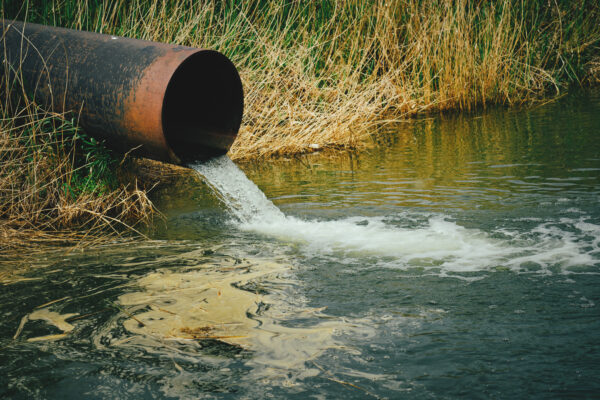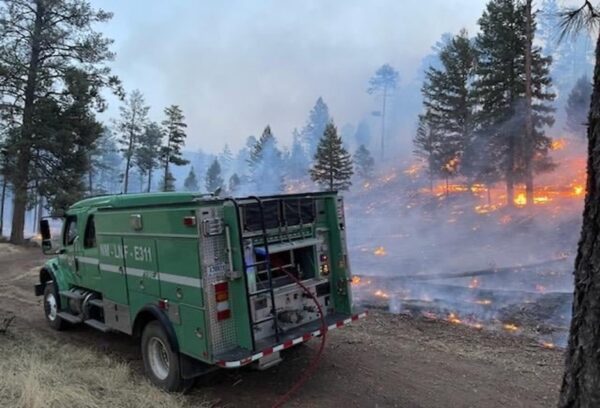Cross Connection Control – A Holistic Approach

A cross connection can be defined as any actual or potential connection between the public water supply and a source of contamination or pollution. Cross connections with potable piping systems have resulted in numerous cases of illness and even death. Historically, cross connections have been one of the most serious public health threats to a drinking water supply system and many times are present in a residential water system. In order for public water systems to deal with cross connections effectively, not only must laws regarding cross connections be enforced, but customers of those systems must be educated on potential cross connections and how to neutralize those hazards.
Kentucky water utilities are required by state law to determine if or where cross connections exist and to immediately eliminate them. Kentucky RCAP has assisted rural cities with drafting cross connection control prevention program ordinances to protect the health of their water customers. An effective cross connection control prevention program ordinance should include the following:
- Purpose and Authority – Clearly state the purpose of the ordinance and the authority to enforce it.
- Definitions – Clearly define terms in the ordinance like cross connection, auxiliary water supply, backflow, backflow prevention assembly, contamination, residential, non-residential, etc.
- Requirements – Clearly communicate the requirements that the system will implement to protect the public water system against backflow for both residential and non-residential customers.
- Inspections – The customer’s water system shall be open to inspection at all reasonable times to authorized representatives to determine whether cross connections or other structural or sanitary hazards exist.
- Penalties – Water services to any premises shall be discontinued if it is discovered that a backflow prevention assembly required by this ordinance has been removed, bypassed, or if an unprotected cross connection exists on the premises. Service will not be restored until such conditions or defects are corrected.
As stated earlier, enforcing cross connection laws/ordinances is just part of the equation. Water customer education is paramount for a cross connection control program to be successful. What are some examples of educational materials that can be utilized to inform water customers regarding cross connections in the home? RCAP provides system specific cross connection brochures for water systems to distribute to their customers. An effective cross connection brochure should include the following.
- Definition of Terms – Customers need to know what a cross connection is, the concept of backflow, the two types of backflow (backpressure and back siphonage), and corresponding definitions.
- What is Considered a Potential Hazard? – Any connection between a customer’s drinking water and another source of water that combines the two when a backflow condition occurs is a potential hazard and can cause contamination. The common household garden hose is a prime example. Customers can unknowingly create a cross connection by:
- Putting an attached hose into a full bathtub;
- Putting the garden hose in a swimming pool to fill it;
- Putting the garden hose down the drain to flush out debris when it is backed up; or
- Connecting your garden hose to a plant fertilizer or bug spray unit.
- What are the Dangers of Cross Connections? – Backflows due to cross connections can cause sickness and death. If a drop in water pressure occurs, the hose could act as a siphon and backflow contaminants back up into the water supply. This makes the water unsafe for the customer, their family, and their neighbors. In fact, over half of the nation’s cross connections involve unprotected garden hoses.
- Tips for Customers to Protect Their Drinking Water
- Check all plumbing connections to discover water uses that may pose a hazard to the public water supply.
- Never place the end of a hose where it can backflow contaminants into your drinking water.
- Leave at least a one-inch air gap between the end of a tap and a source of contamination.
- Attach a hose connection vacuum breaker to threaded taps to prevent contaminated water from being siphoned through a hose. Vacuum breakers are relatively inexpensive and can be found at hardware and plumbing supply stores.
In addition to brochures, Kentucky RCAP has created and provided a static “hands-on” cross connection public education display to water systems. The static display contains potential cross connection home hazards (i.e. spigots/hoses, toilet components, cattle feeders, etc.) and the devices that can be used to neutralize those hazards. The static display can be utilized in a public place or in a classroom setting.
With all the challenges that we are facing with the ongoing pandemic, it is quite evident that we are all in this together. Water systems, water customers, and RCAP must continue to work collaboratively to eliminate cross connections to protect public health.



